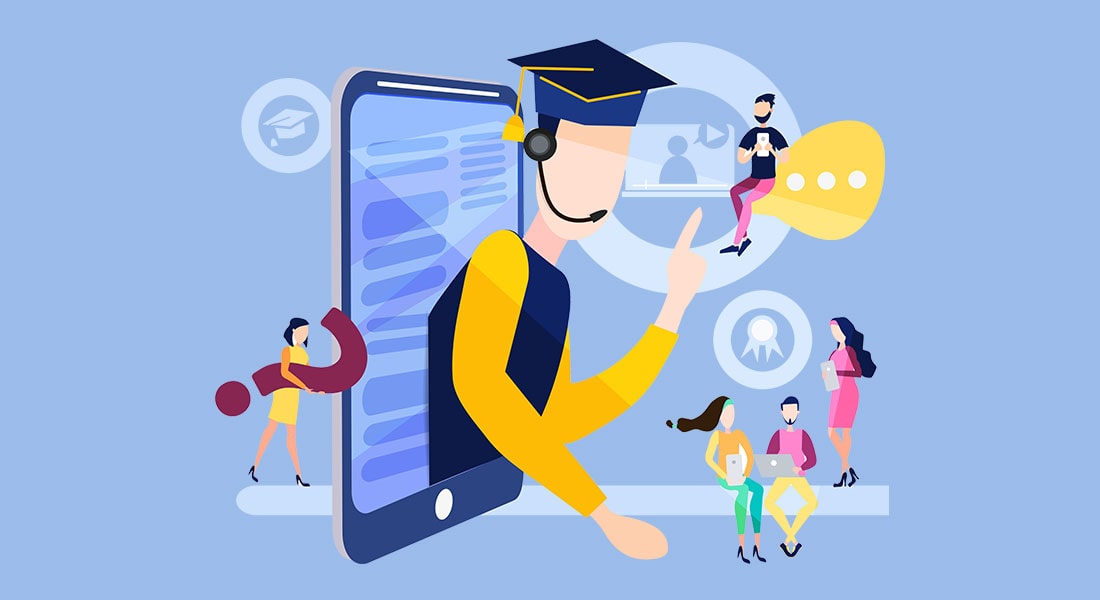10 Reasons Why Gamification Is the Ultimate ID Strategy for Your Corporate Training

oring training sessions make employees yawn. And that's a hint enough to level it up and make your sessions more engaging. That's where gamification enters – this instructional design strategy is the secret sauce that can turn any mundane training into an engaging and exhilarating experience. In this blog post, we'll explore why gamification is the ultimate instructional design strategy for meeting your organization's training needs. Get ready to power up your workforce as we get into the exciting world where fun and learning collide!
🚀 Gamification: Your Go-To ID Strategy to Turn Training into Triumph!
This ID strategy:
🌟 Boost motivation and engagement.
🧠 Enhance knowledge retention.
🤝 Foster collaboration.
💲 Cut costs effectively.
🔄 Encourage continuous learning.
Instructional Design and Gamification
Instructional design (ID) can be defined as the process of crafting effective, interactive learning experiences by analyzing needs, setting objectives, selecting strategies, creating content, delivering materials, and evaluating program effectiveness.

Considering these benefits, it is very important to choose the right IT strategy for a corporate eLearning module.
Gamification is an ID strategy which involves the use of game elements in non-game contexts like learning and development (L&D) programs. It uses competition, achievement, and rewards to engage and motivate learners.
Using gamification as an ID strategy can result in robust corporate training programs. This approach, when used for custom eLearning, makes learning more fun and also improves learner engagement, motivation, knowledge retention, and performance.
Still looking for reasons why to choose gamification? Here are 10 reasons why
Why Gamification Should be Your ID Strategy
Incorporating game elements such as competition, rewards, and challenges into traditional learning methods, is an excellent way to transform mundane sessions into engaging and interactive experiences.
Here are some of the 10 major benefits of using gamification in corporate training:
1. Increased Engagement and Motivation
Gamification taps into our natural desire for competition and achievement, making learning more exciting and enjoyable, leading to higher participation and retention.

2. Personalized Learning Experience
Gamification provides choices and exploration within a game-based environment, catering to different learning styles and giving employees control over their learning journey.
3. Immediate Feedback
Incorporating this ID strategy means that you get instant feedback, which further makes it possible to help learners identify and correct mistakes in real-time, leading to faster skill acquisition.
4. Enhances Collaboration
Gamification as an ID strategy is ideal to foster teamwork and competition among employees, promoting collaboration and improving communication skills.
5. Real-World Application
Gamification allows employees to apply knowledge and skills in a risk-free environment, facilitating the transfer of learning to the workplace.
→ Download Now: State of Learning – 2023 and Beyond [eBook]
6. Cost-Effective
Gamification in eLearning modules eliminates the need for physical resources and extensive instructor-led sessions, saving time and money.
7. Data-Driven Insights
Gamified platforms offer analytics on employee performance, helping organizations identify knowledge gaps and tailor training programs.
8. Continuous Learning
Gamification encourages ongoing learning through challenges and rewards, keeping employees engaged in expanding their skills.
9. Scalability
Gamified content can easily accommodate a growing workforce without significant resource increases.
10. Flexibility in Learning Pace
Gamification enables employees to learn at their own pace, accommodating diverse learning styles and schedules.
Here's how to get started with gamification
Wrapping Up
In conclusion, incorporating gamification into corporate training can lead to increased engagement, motivation, collaboration, and cost-effectiveness while providing personalized learning experiences with immediate feedback and real-world application. This makes it an effective ID approach that is crucial in the current state of learning.
Intrigued to know more about the current state of learning and what's in store for the future? Here's an insightful eBook for you...





